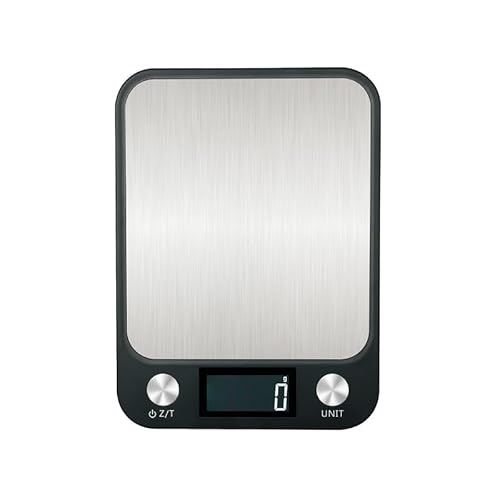I think that would help. I also wonder if larger batches produce more heat which helps things along, too?
By way of update, both have no excess liquid going on. I left the gly batch in the oven overnight so it is slightly thicker than the soaped batch. I will look at diluting one of them either tonight or tomorrow
By way of update, both have no excess liquid going on. I left the gly batch in the oven overnight so it is slightly thicker than the soaped batch. I will look at diluting one of them either tonight or tomorrow


















































